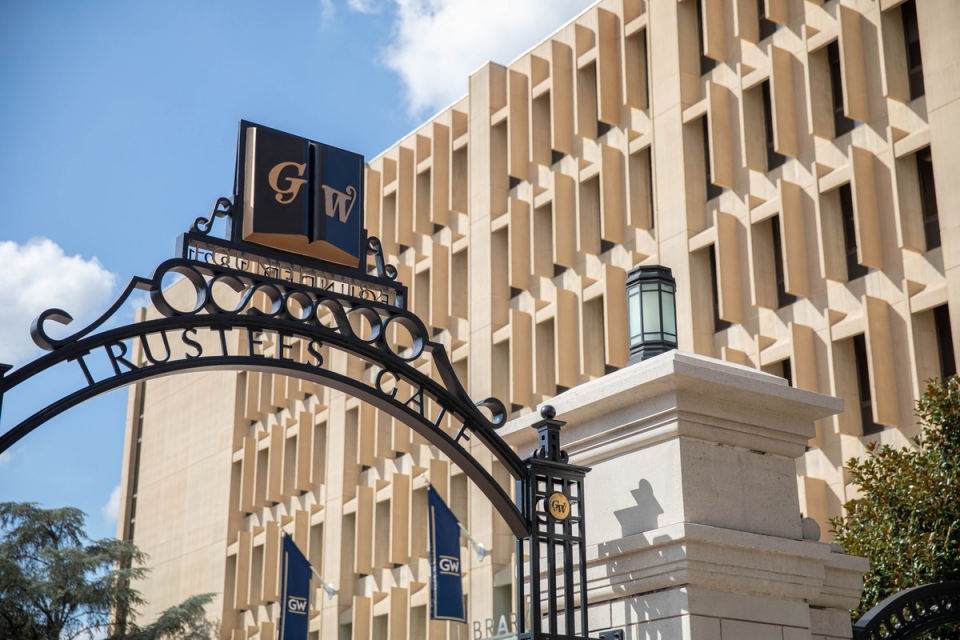The George Washington University Board of Trustees on Friday approved the university’s fiscal 2022 operating and capital budgets, which run from July 1 through June 30, 2022.
The budget represents the university’s continued commitment to its academic mission and supports students, faculty and staff while identifying important areas for investment and improving long-term financial sustainability.
“This is a transition year for the budget,” said President Thomas LeBlanc. “While there is still some uncertainty caused by the pandemic, the fiscal 2022 budget allows us to invest in student financial aid as well as faculty and staff hiring and compensation. It also puts us on a path toward reinvesting in the academic mission to support our aspirations.”
The more than $1 billion operating budget includes investments in undergraduate and graduate financial aid to support student need. The budget also includes funding to provide performance-based merit raises, now effective at the beginning of the fiscal year in July, as well as funding to continue the university’s base retirement contribution and to reinstate the matching contribution in July. The budget also includes funding for a faculty promotion and salary adjustment pool, allowing schools to fund life-cycle compensation adjustments for faculty from a source outside of the performance-based merit pool.
The fiscal 2022 budget for capital expenditures totals more than $129 million and continues the university’s investment in its facilities to enhance the student experience and academic mission. Included in the budget is funding for classroom and technology updates, the Thurston renovation and other residence hall updates, as well as updates to Ross Hall and the Corcoran School of the Arts and Design’s historic Flagg Building.
The capital plan also includes important funding for deferred maintenance throughout the university, which will fund updates to HVAC and other building systems and infrastructure. The budget also provides resources for accessibility updates in and around buildings across GW’s campuses. The updates were identified after comprehensive assessments, and the university will need to continue to invest in these areas over the next several years to address critical building needs.
Finally, consistent with historical actual performance pre-pandemic, the budget also aims to produce a 2 percent operating margin, which allows the university to continuously invest in the academic mission and fund priorities to advance the institution.


